Guest author, Aoife Doyle, shares her reflections on the new Primary Curriculum Framework as they begin to implement it in her school.
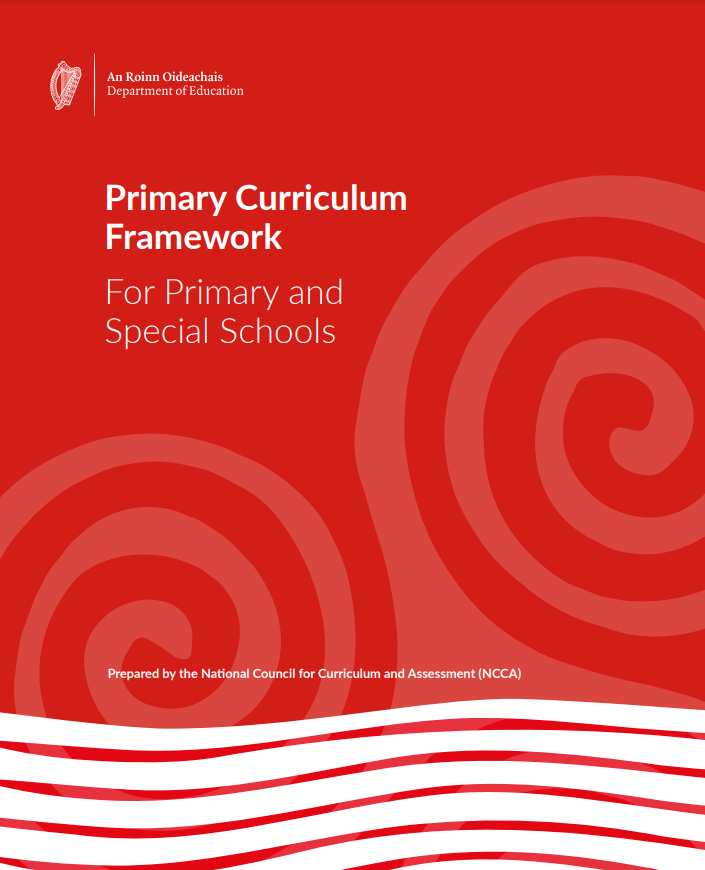
It’s hard to believe that the 1999 Curriculum is over 20 years old. Certainly, much has changed in our world and in our classrooms since then. The Primary Curriculum Framework (PCF) was launched by the Minister in March 2023. According to the circular, ‘this Framework is for all primary and special schools and will guide teachers and school leaders in their work to enhance learning, teaching and assessment for all children.’
You can view the PCF here: https://curriculumonline.ie/getmedia/84747851-0581-431b-b4d7-dc6ee850883e/2023-Primary-Framework-ENG-screen.pdf
All schools were encouraged to take a half day closure in Term 3 of 2023 to become familiar with the framework. But how does it really differ from the old curriculum and how should it influence our daily practice as teachers?
Here’s what you need to know about the new Framework and how I’m beginning to embrace it every day in my school.
Key Competencies
The curriculum is based around key competencies
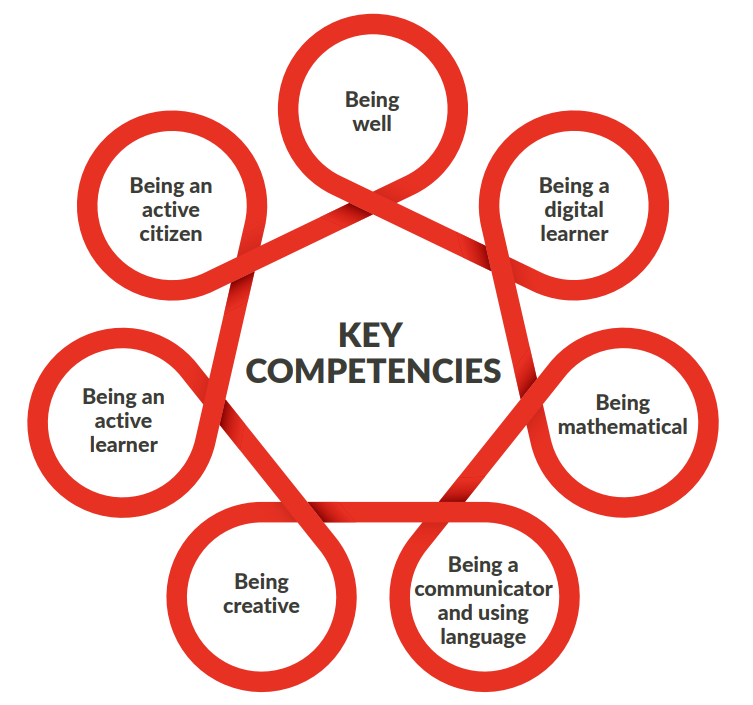
What I really like about these key competencies is that I believe they name and define what we do every day. The language used is simple. The 7 competencies tie together all of the experiences that children need in order to become well rounded learners. They link back to the themes of Aistear, and lead on to the key skills at Junior Cycle. These are so user friendly, easy to understand and a hugely positive outcome of the PCF.
Curriculum areas
There is a move from the traditional subjects towards curriculum areas. Although this feels like a big mindset shift, it makes sense. Children don’t view the world with a narrow subject lens. Therefore, there are 5 key curriculum areas for Junior Infants to Second Class (Stages 1 and 2).
- Language
- Science, Technology, Engineering, and
Mathematics (STEM) Education - Wellbeing
- Arts Education
- Social and Environmental Education.
I also think it makes sense that as the children progress through primary school into Stages 3 and 4 (3rd to 6th class), the focus narrows into particular subjects within the curriculum areas.
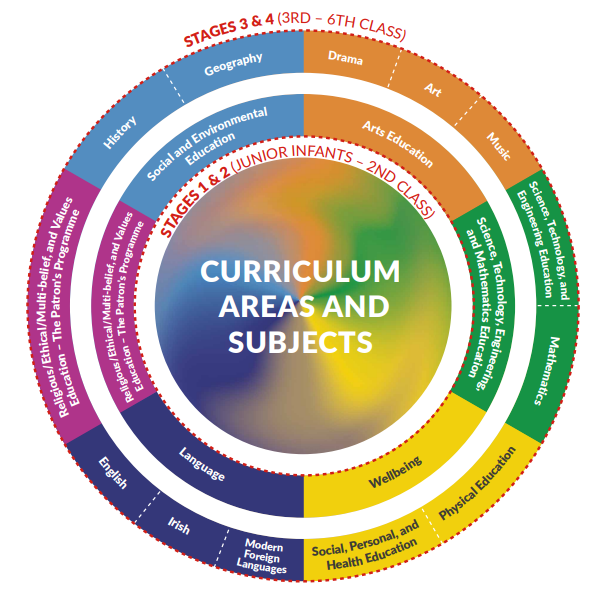
I have printed out this image from the Framework and have it stuck up beside my desk to help me make that mindset shift and view the curriculum areas in this new way.
Flexibility in timing
The timing allocated to various curriculum areas has changed. The PCF allows for more flexible weekly and monthly allocations – minimum curriculum (weekly and monthly) time and flexible time. Again, this may be a mindset shift for many of us. However I think this is a real positive! It will allow us as teachers to have more ‘agency’ – another buzzword of the PCF.
When the allocations are more flexible, it allows us to respond more effectively to the pupils we teach. The suggested time allocations can be found in the Appendix of the PCF. You will notice that patron time has reduced and wellbeing time has increased.
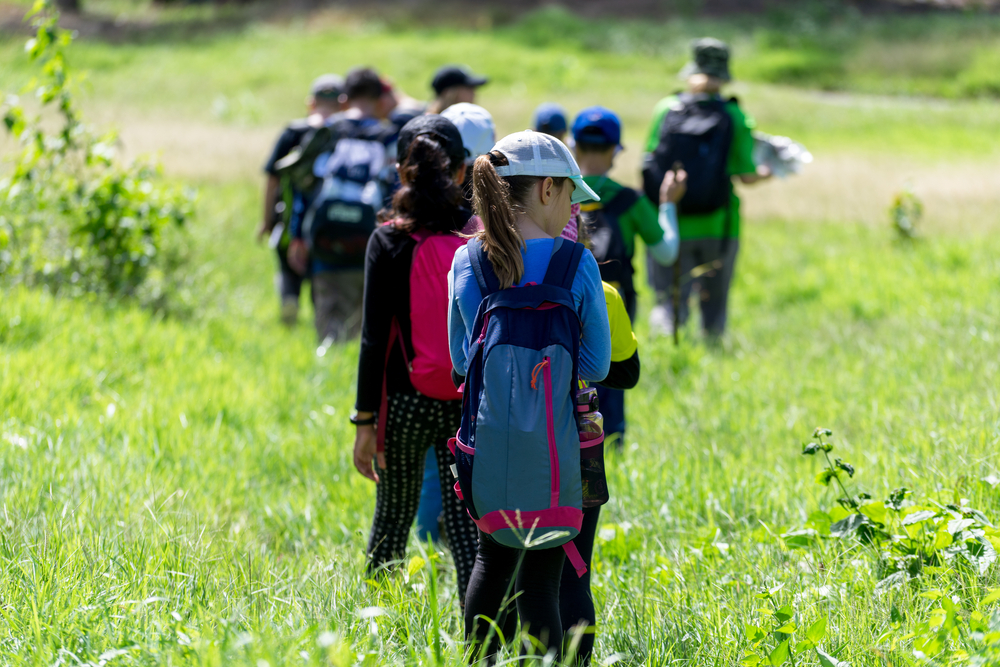
In our school, we have already discussed that we will be adding an extra PE slot to the timetable for each class. Due to a lack of hall space, this may look different each week. We plan to discuss ways to increase our PE time both in the classroom (yoga and dance) and outside (walking, orienteering) in our local area.
Play and playfulness
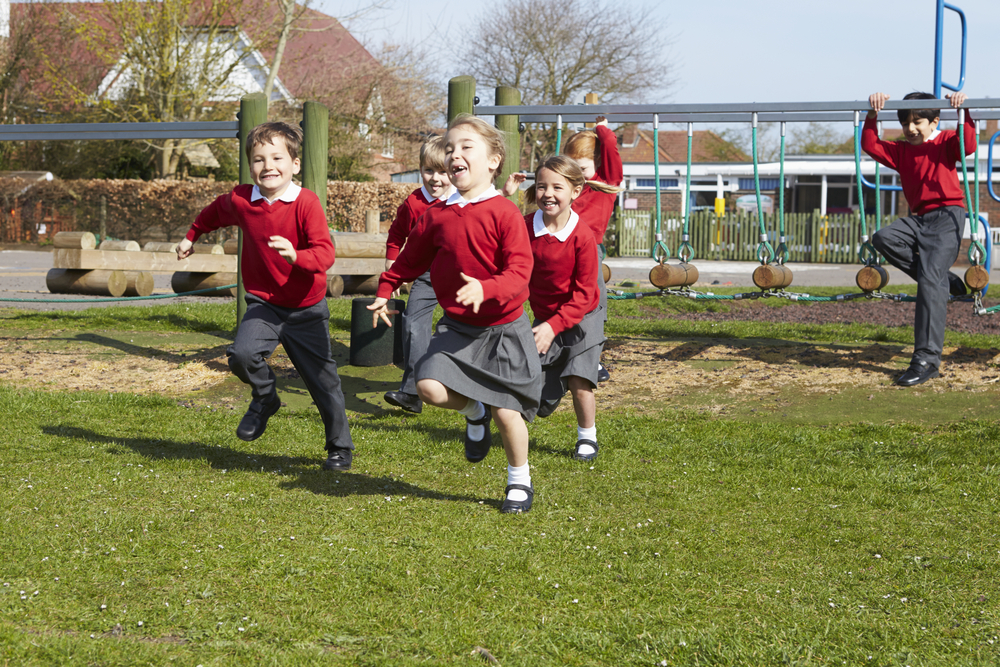
I was so delighted to hear that the new PCF has a focus on play and playfulness. Children have a right to play and when they play, they will take ownership of their learning. The PCF invites us to support this by providing extended blocks of time for play, fantastic!
Specifications & Toolkits
The curriculum specifications are being developed for the 5 curriculum areas. There will be toolkits for each area for Learning, Teaching and Assessment. The consultation on these specifications is open since March 2024.
It is really important for us to have our say. You can view the new specifications here: https://ncca.ie/en/updates-and-events/latest-news/2024/march/five-draft-primary-curriculum-specifications/
My questions
However, I do still have some key questions in relation to the new PCF.
- Will the curriculum documents and toolkits have enough tailored content for each class level?
- Will we be provided with sample timetables for each class level to give us a suggested pathway through the new timings for each subject?
- Stage 3 of the Modern Foreign Languages is all about building cultural and linguistic awareness. Who will teach the MFL at Stage 4?
No one can deny it is a changeful and exciting time in Irish primary education. I think the PCF is a very positive and welcome change for our schools and for our pupils. I am looking forward to learning more about it and the new curriculum specifications.
Do let us know your thoughts in the comments.

Leave a Comment